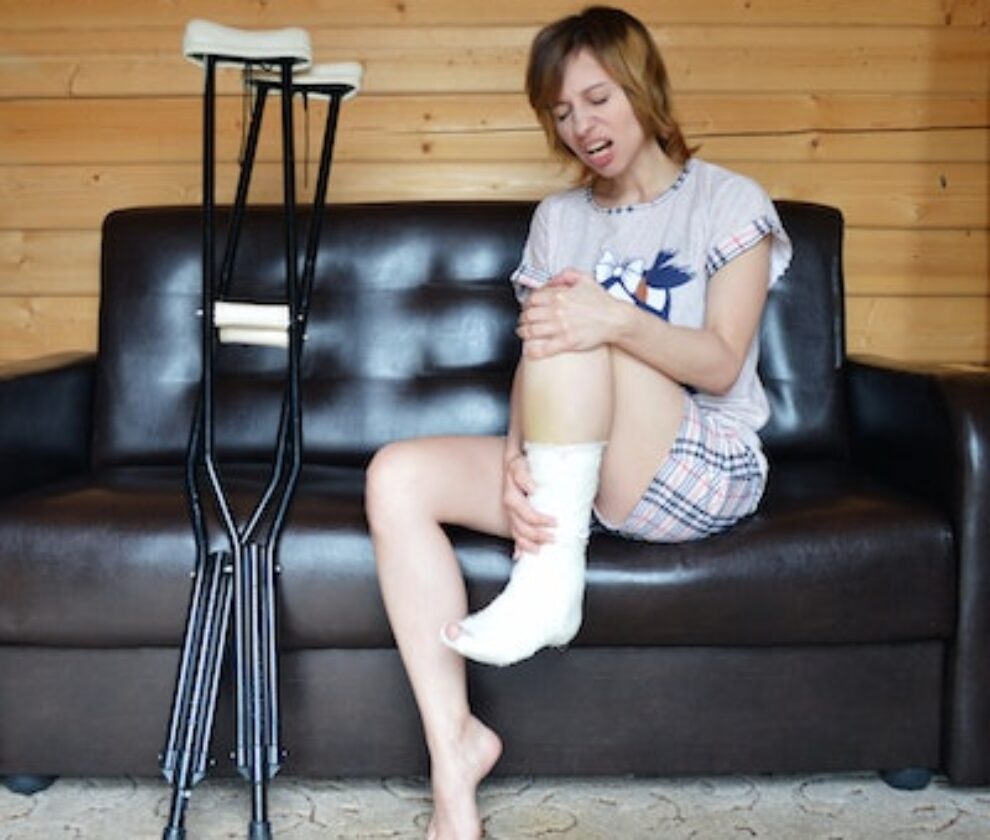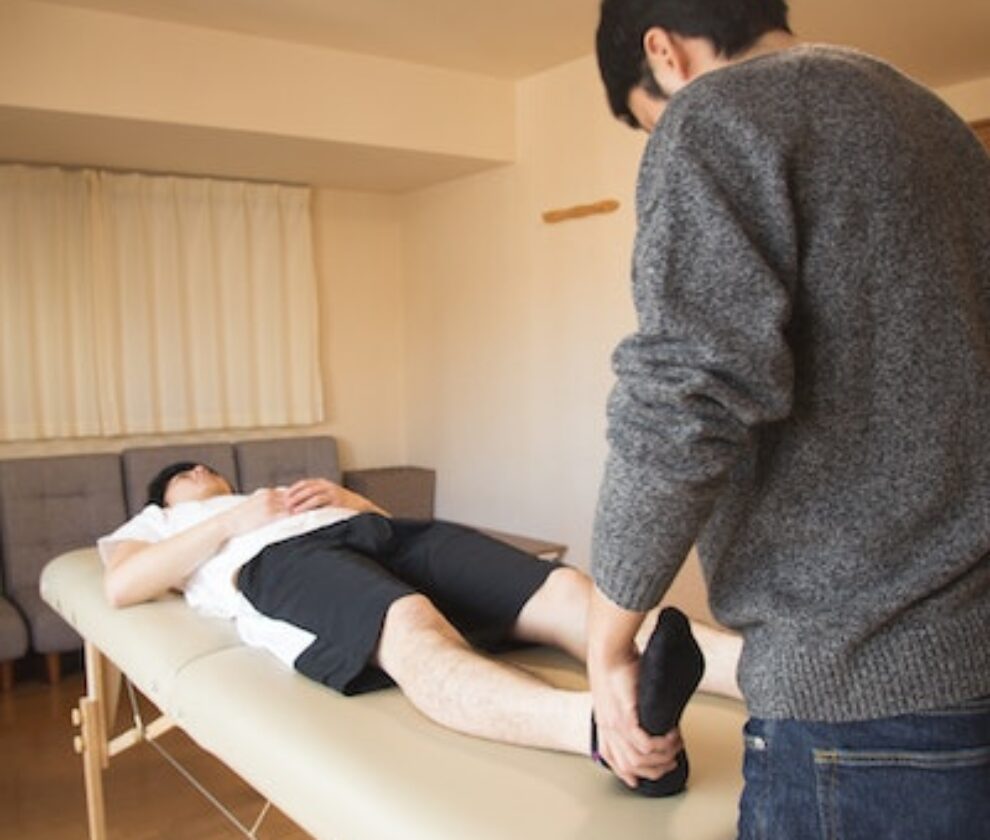Motor Vehicle Accident Injuries Tips by Physio
MVA injuries treated by Physiotherapy
Physiotherapy is an effective treatment for motor vehicle accident treatment, and it can help patients to recover quickly and safely. Here are some of the most common post-MVA injuries treated by physiotherapy:
- Whiplash is the most common injury resulting from a MVA. It happens when the head is abruptly jerked forward and then backward, causing strain on the neck. Symptoms can include neck pain, headaches, and reduced range of motion. Physiotherapy can help to reduce symptoms, improve strength and mobility, and prevent long-term complications such as chronic headaches.
- Back injuries are another common result of MVAs. They can include muscle strains, ligament sprains, and spinal fractures. Depending on the injury, symptoms can vary from mild to severe. Physiotherapy can help to reduce symptoms of pain and inflammation, increase strength and flexibility, and prevent long-term issues such as chronic back pain.
- Shoulder injuries can result from the impact of the collision or from the seat belt restraint. They can include rotator cuff tears, dislocated shoulders, and fractures. Symptoms can include pain, swelling, and reduced motion. Physiotherapy treatment can help to reduce symptoms, increase strength and mobility, and prevent long-term complications such as frozen shoulders.
- Head injuries can result from the impact of the collision, such as a concussion or traumatic brain injury. Symptoms can include headaches, dizziness, and loss of consciousness which can vary from mild to severe. Physiotherapy can help to improve balance, coordination, and cognitive function, and prevent long-term complications such as post-concussion syndrome.
If surgery is required, physiotherapy can help patients to recover quickly and efficiently by providing personalized care to restore function. Physiotherapists can also provide patients with education and beneficial advice on symptom management, how to prevent future injuries, and promote overall health and well-being.
Insurance tips for MVA injuries
- Seek Medical Attention: If you have been injured in a motor vehicle accident, it is crucial that you seek medical attention as soon as possible.
- Contact Your Insurance Company: Next contact your insurance company to report the incident and your need for physiotherapy treatment.
- Confirm Coverage: Before beginning physiotherapy, you should confirm with your insurance company what coverage you have for this type of treatment.
- Receive Treatment: Then you can begin receiving physiotherapy treatment. This involves working with a licensed physiotherapist who will provide an assessment and diagnosis if necessary, in order to create a treatment plan that is personalized to your specific injury and needs. You may need to attend several appointments over a period of time to receive the full benefits of treatment.
- Keep Records: It is advisable to keep detailed records of all treatments you receive, including the dates, times, and cost of each session.
- Submit a Claim: After completing your physiotherapy treatment,either you or your provider can submit a claim to your insurance company for reimbursement of the costs. Some physiotherapy clinics are registered with Motor Vehicle Accidents and can do direct billing, whereas some are not registered but you can still attend sessions and pay upfront and then submit your invoices to the adjuster.
If you have been involved in a motor vehicle accident, it is crucial that you seek medical attention as early as possible, even if you don’t feel any immediate pain or discomfort. Many post-MVA injuries can take several days or even weeks to develop, and early intervention can help to prevent long-term issues. Our team at Magnus Rehab, is experienced and dedicated to providing top-quality treatment and service so you can focus on healing.










